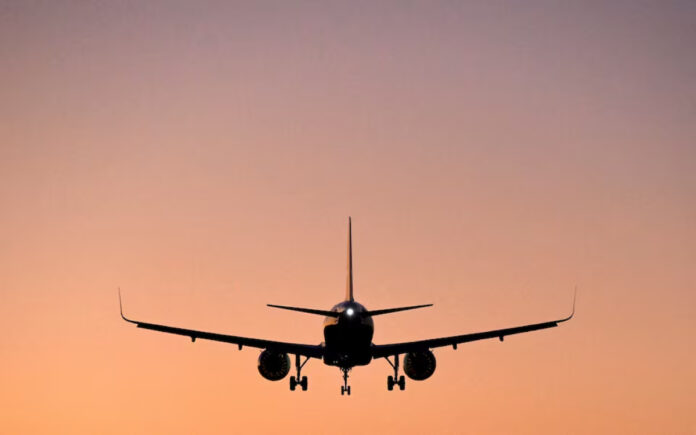London: Airfares in Europe and Asia are showing signs of plateauing or even decreasing, signaling a potential slowdown in the post-COVID travel surge. This shift presents a challenge for airlines grappling with rising costs and constrained aircraft availability.
The imbalance between flight supply and pent-up demand, fueled by the reopening of air travel post-pandemic, initially drove ticket prices and passenger yields upward. However, industry insiders now observe a shift away from the “travel at all costs” mentality, with some travelers becoming more price-sensitive amid rising living expenses.
Ryanair’s CEO, Michael O’Leary, cautioned that ticket prices would not grow as anticipated, causing European airline stocks to dip. O’Leary remarked, “It is a bit surprising that pricing hasn’t been stronger, and we’re not quite sure whether that’s just consumer sentiment or a recessionary feel around Europe.”
Data from travel research group ForwardKeys reveals that fares remained flat across Europe in the first months of the year compared to 2023. In contrast, fares in the Asia-Pacific region have experienced a significant decline, down approximately 16% year-on-year in the Jan-April period.
While Singapore Airlines posted a record annual profit, net profit growth has tapered in recent quarters. The carrier anticipates further moderation in passenger yields as airlines increase capacity.
Asia has been slower in lifting restrictions and resuming flights to overseas destinations. Ronald Lam, CEO of Cathay Pacific, expressed confidence that supply and demand would rebalance throughout 2024, leading to a normalization of airfares.
However, challenges persist, especially in markets like China, where international travel remains subdued due to economic sluggishness and ongoing restrictions.
In Australia, international airfares saw a significant decline year-on-year in the first quarter. Despite this, airfares in the Asia-Pacific region remain higher than pre-pandemic levels.
Economists note that while travel remains a priority for consumers, particularly in Europe and the United States, there is a growing emphasis on affordability. Cheaper destinations in Eastern Europe and Turkey are gaining popularity among European travelers seeking cost-effective alternatives.
Also Read | OpenAI Launches Safety Committee Amid New Model Training Initiative
Meanwhile, U.S. consumer spending on travel remains robust, driven by strong demand for premium experiences. Despite reduced household savings, Americans are maintaining higher travel spending levels compared to pre-pandemic times.
Global airline executives acknowledge the cyclical nature of the industry but remain optimistic about the future. While Europe and Asia experience a temporary downturn in airfares, the overall sector is expected to stabilize rather than undergo a significant downturn.



